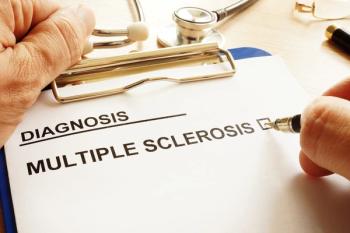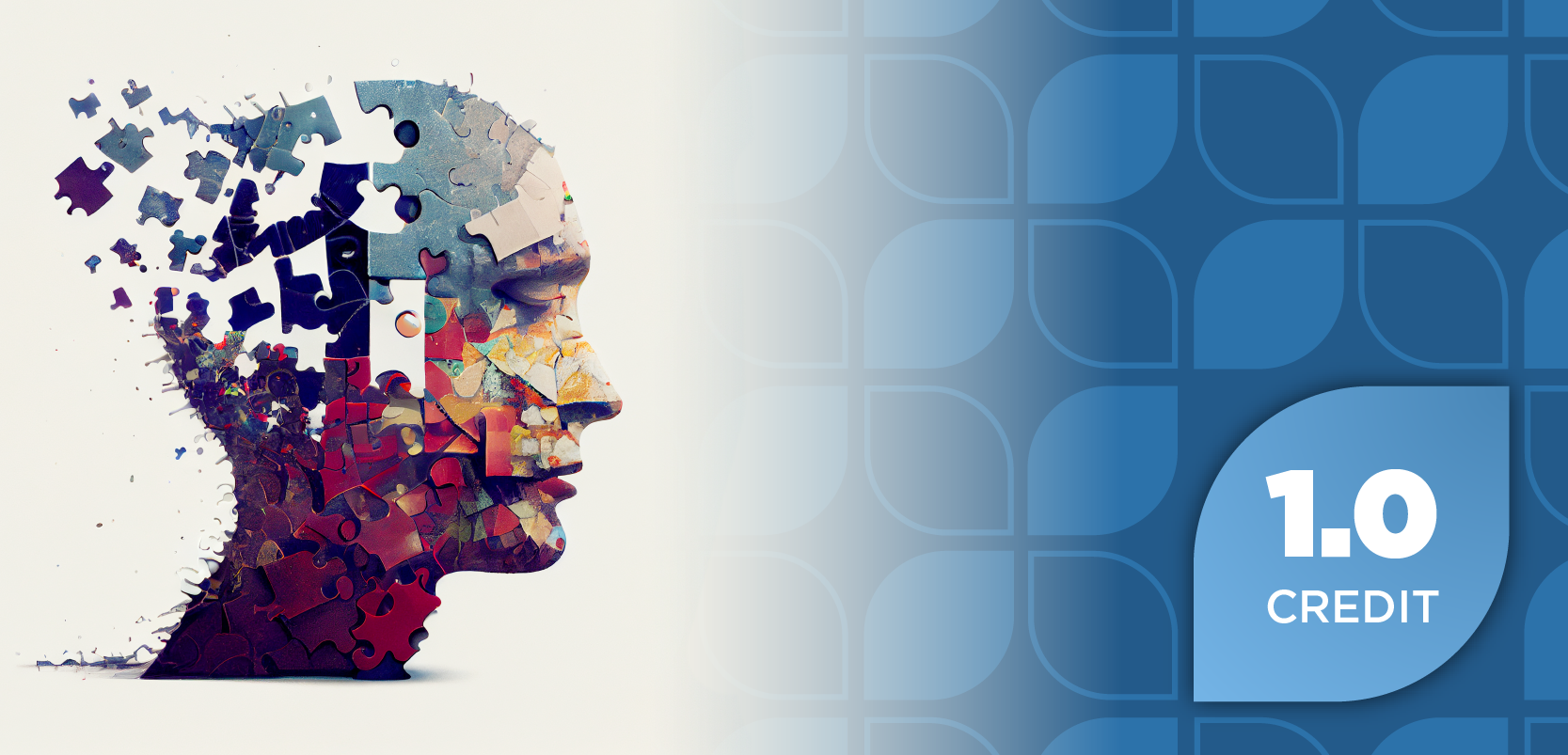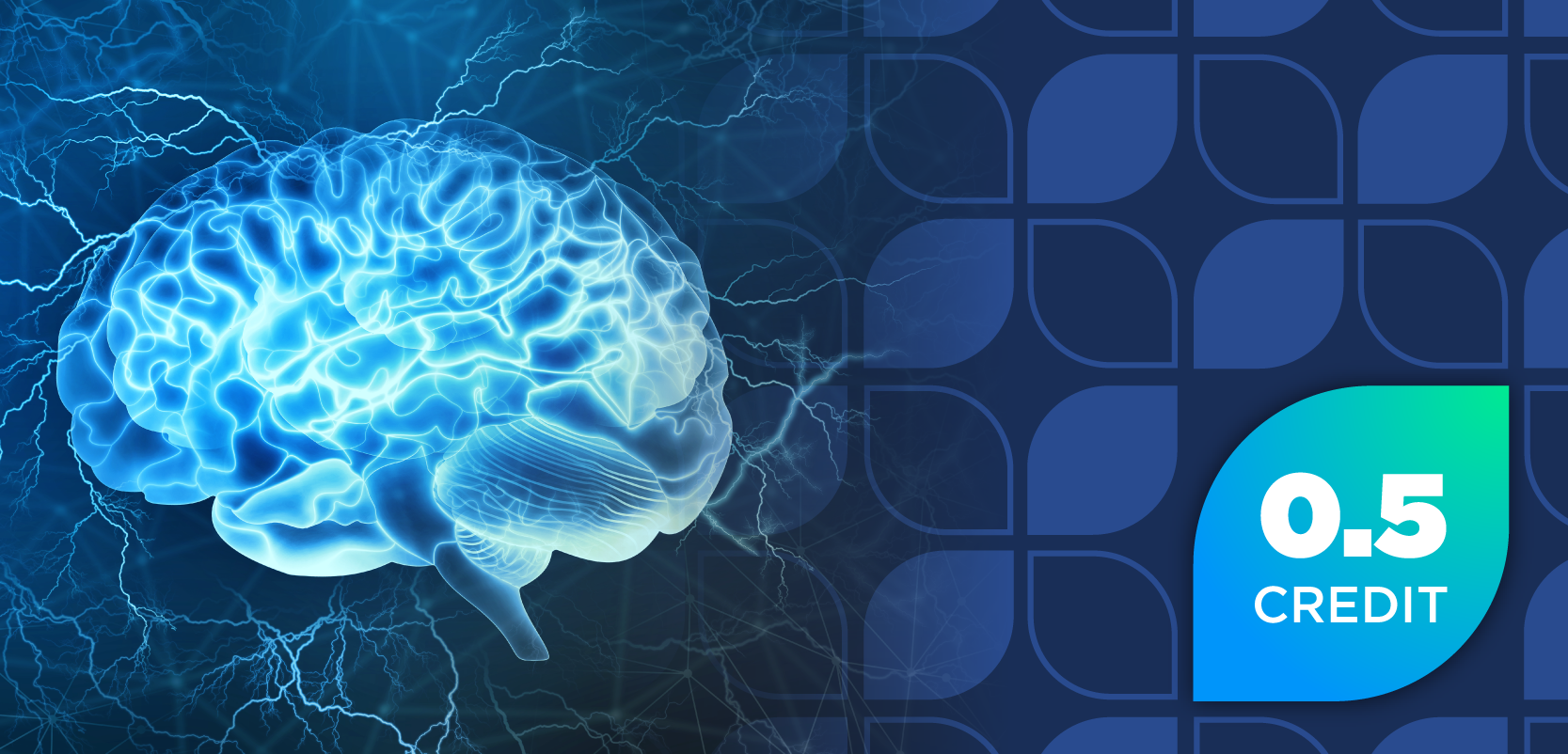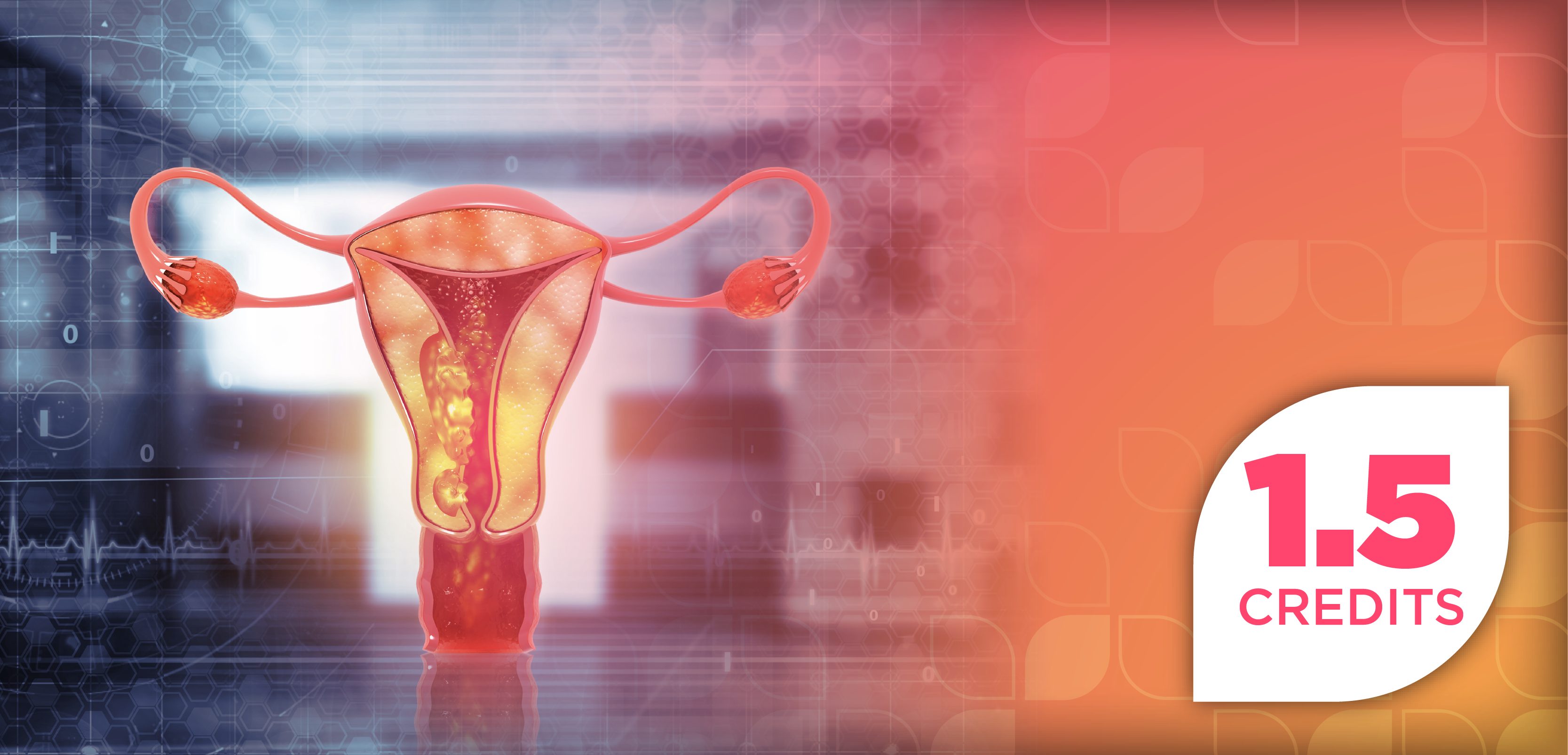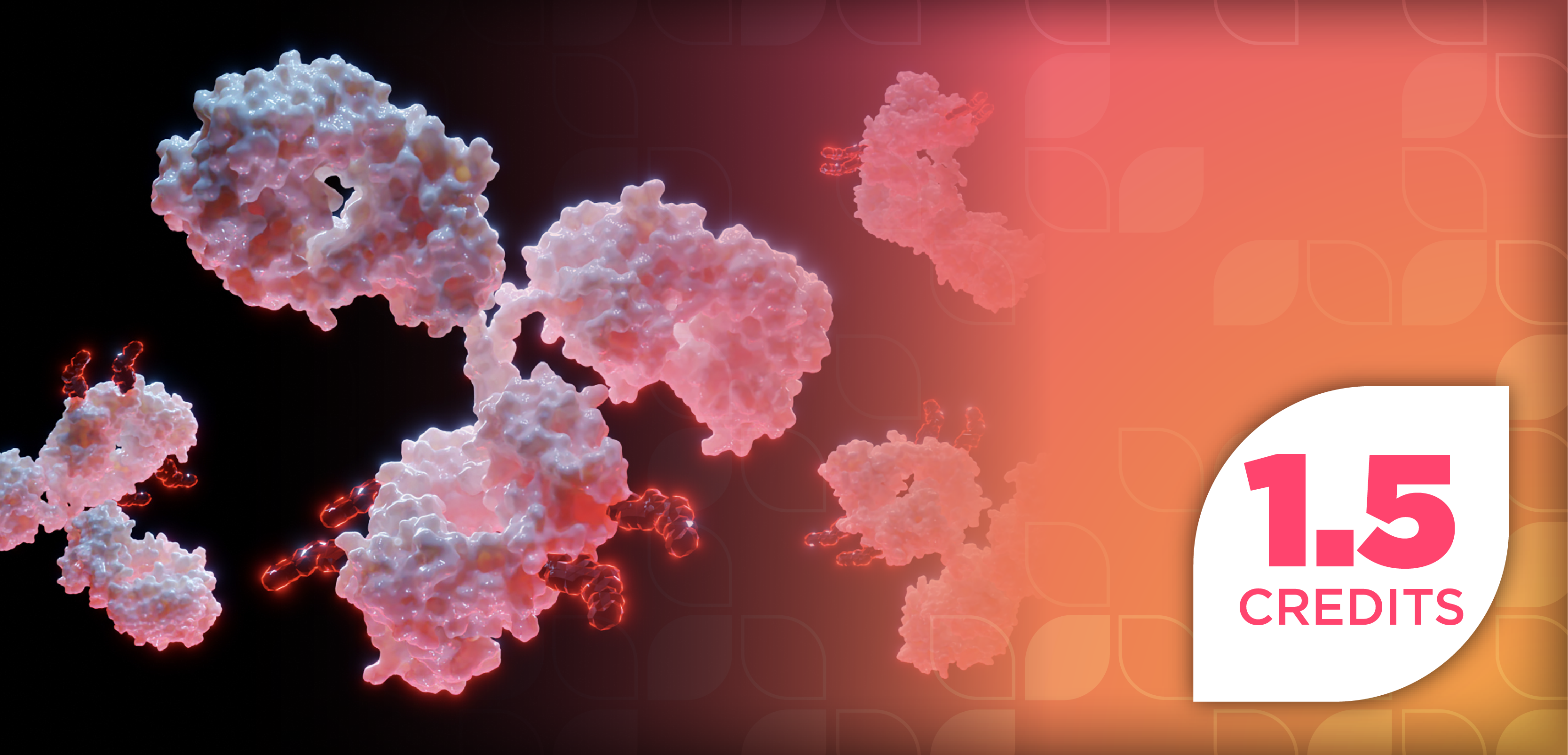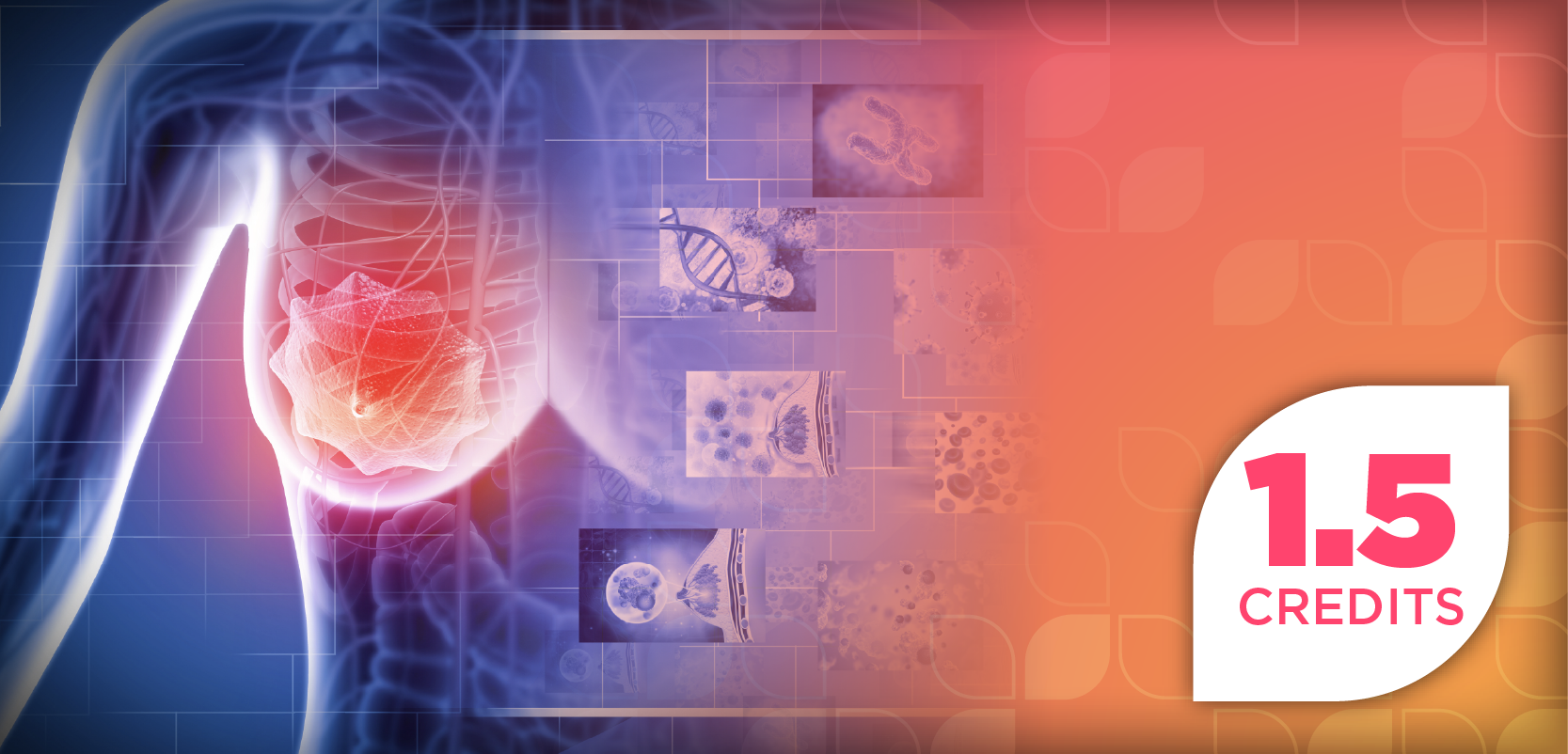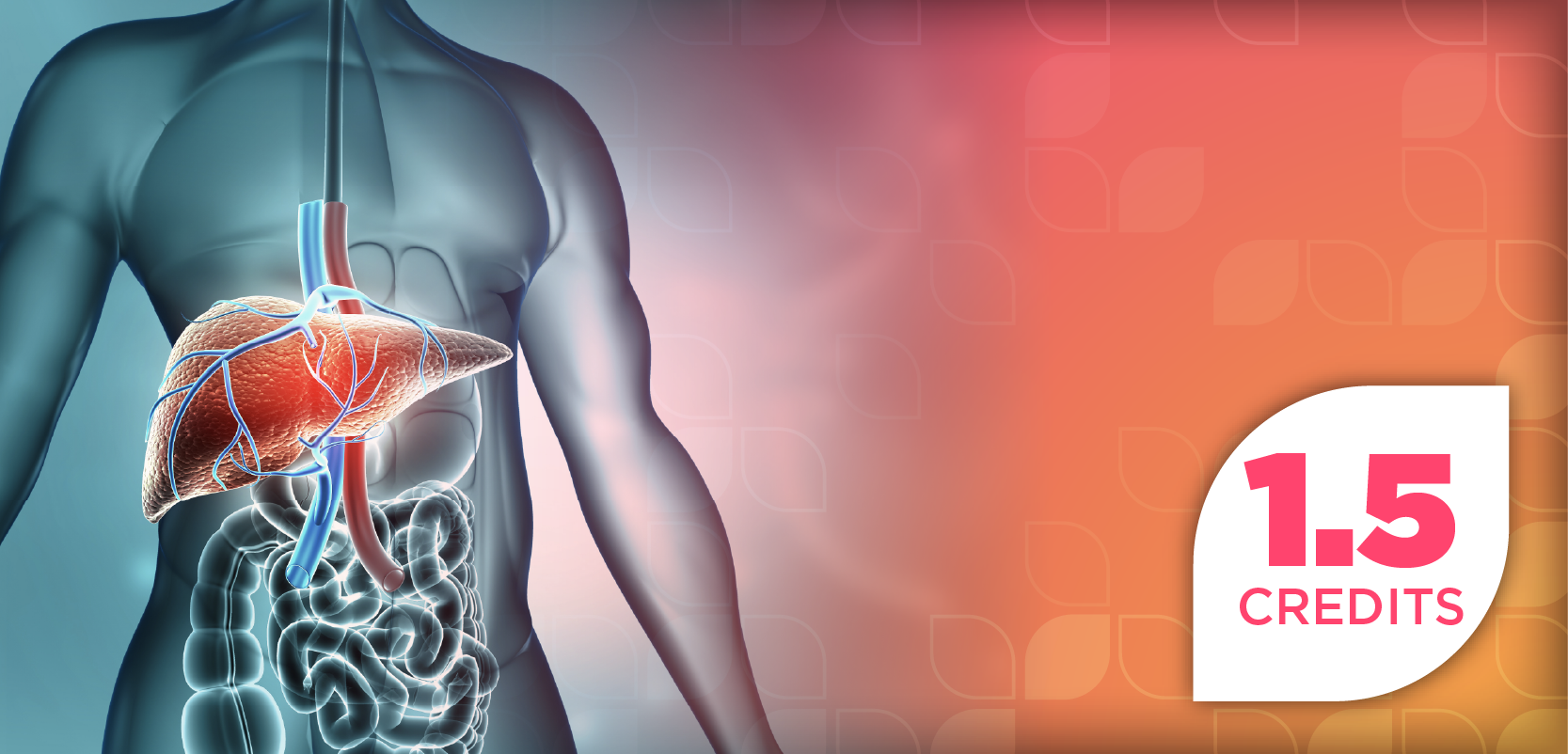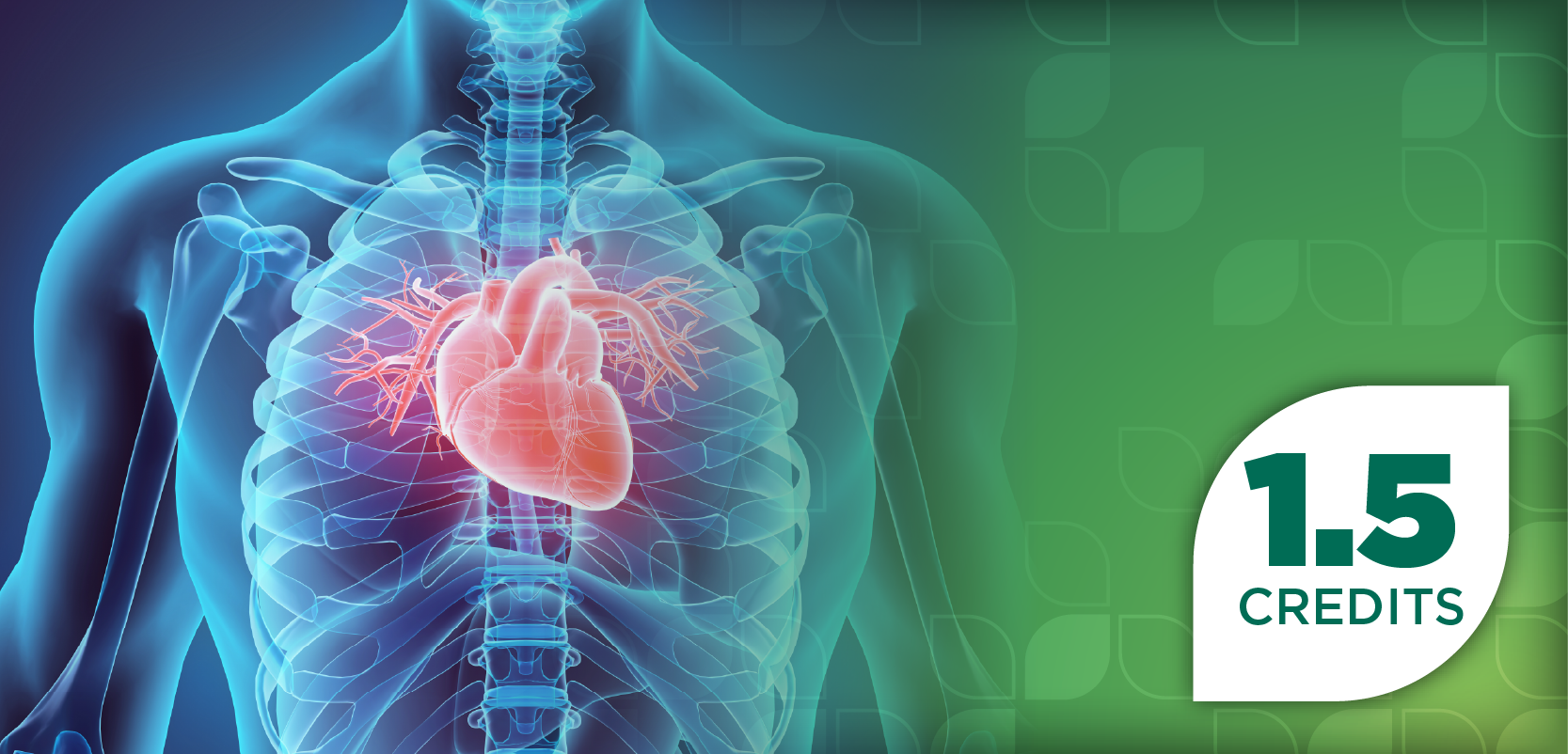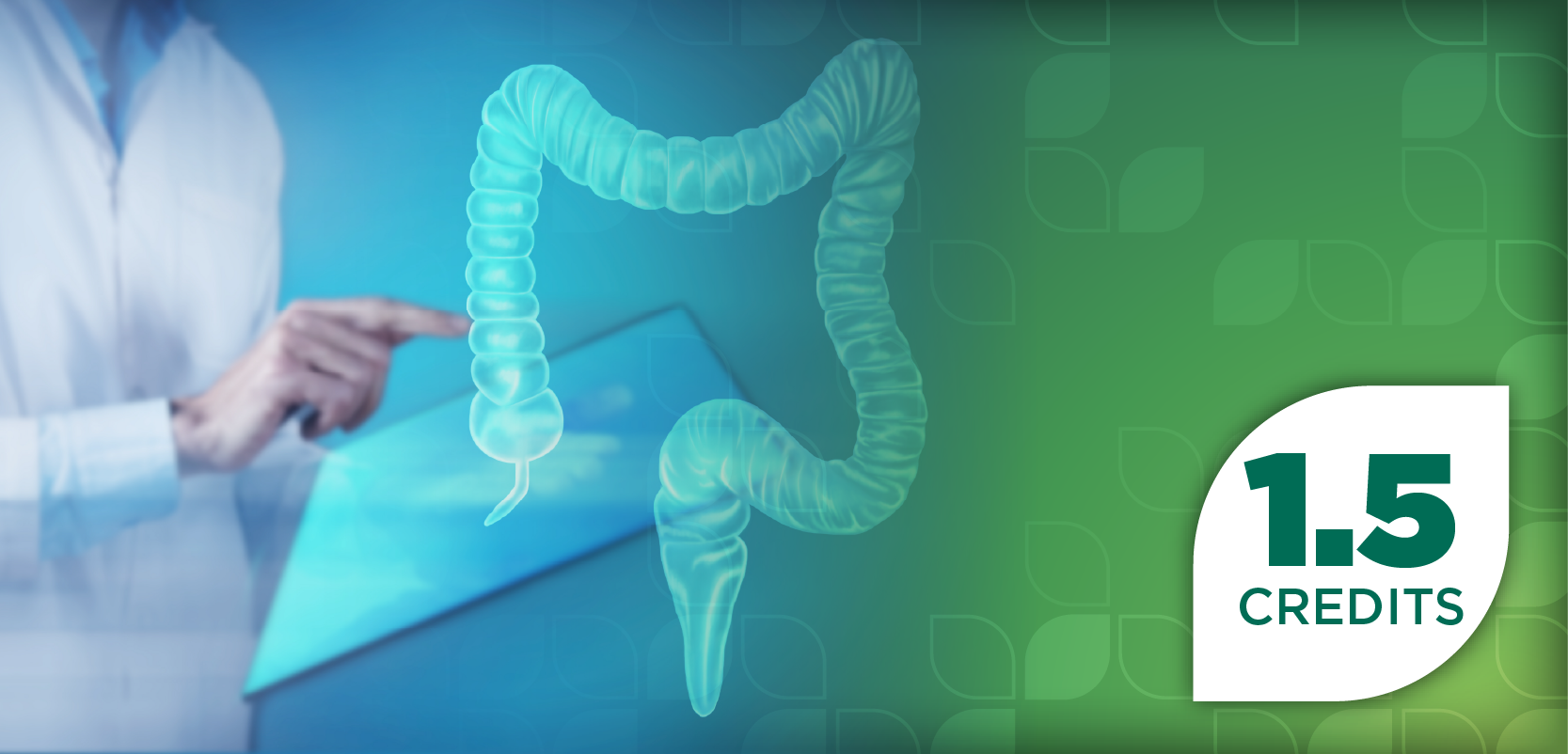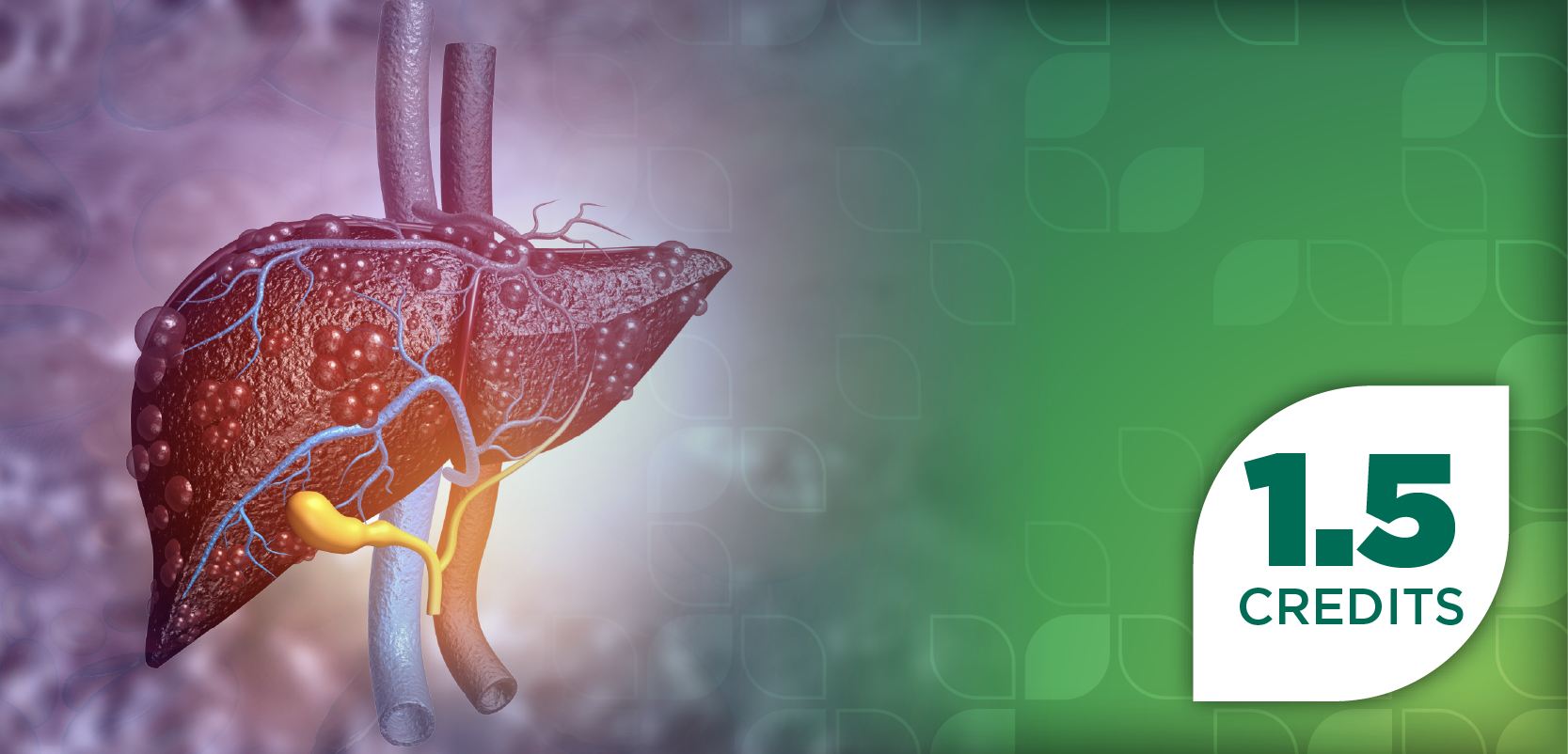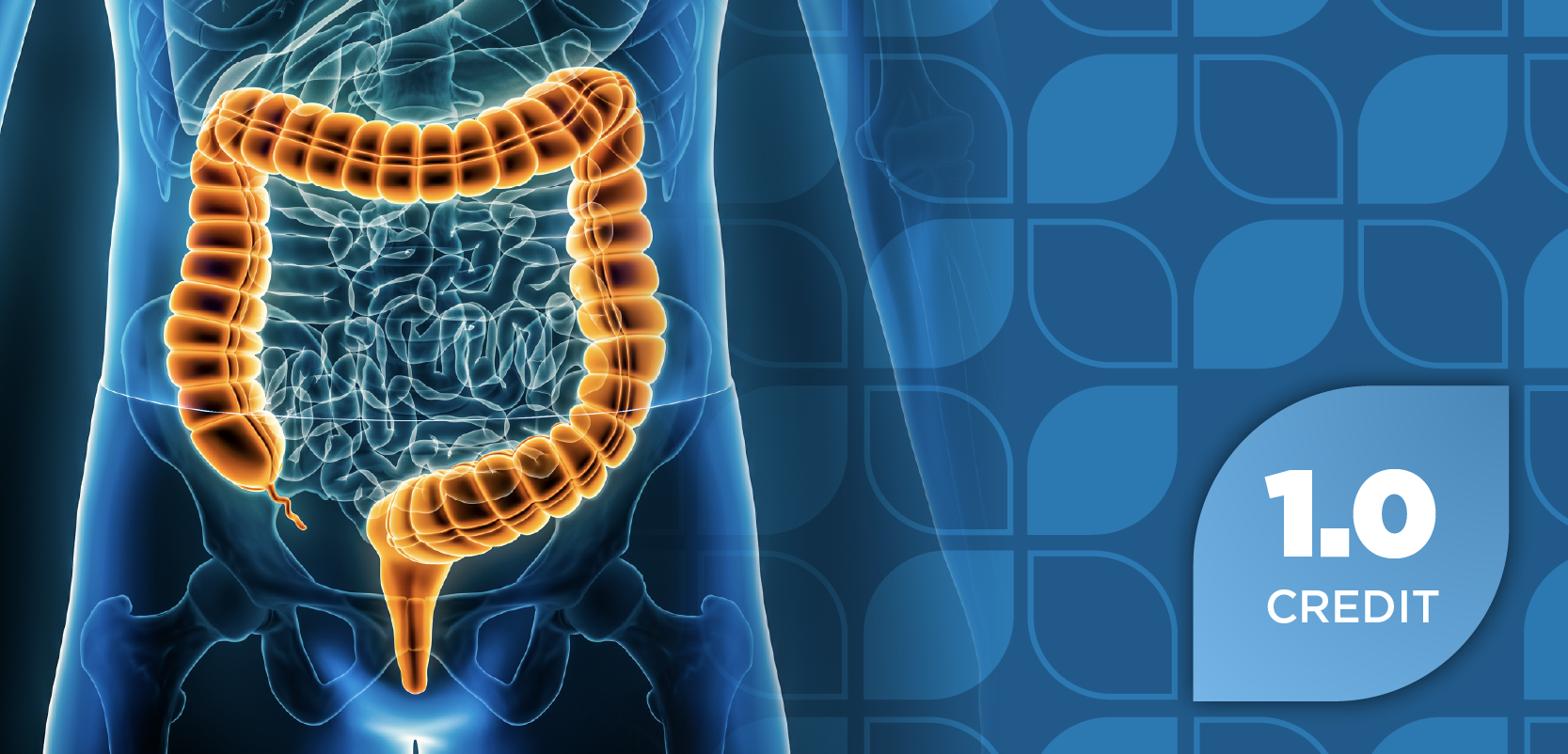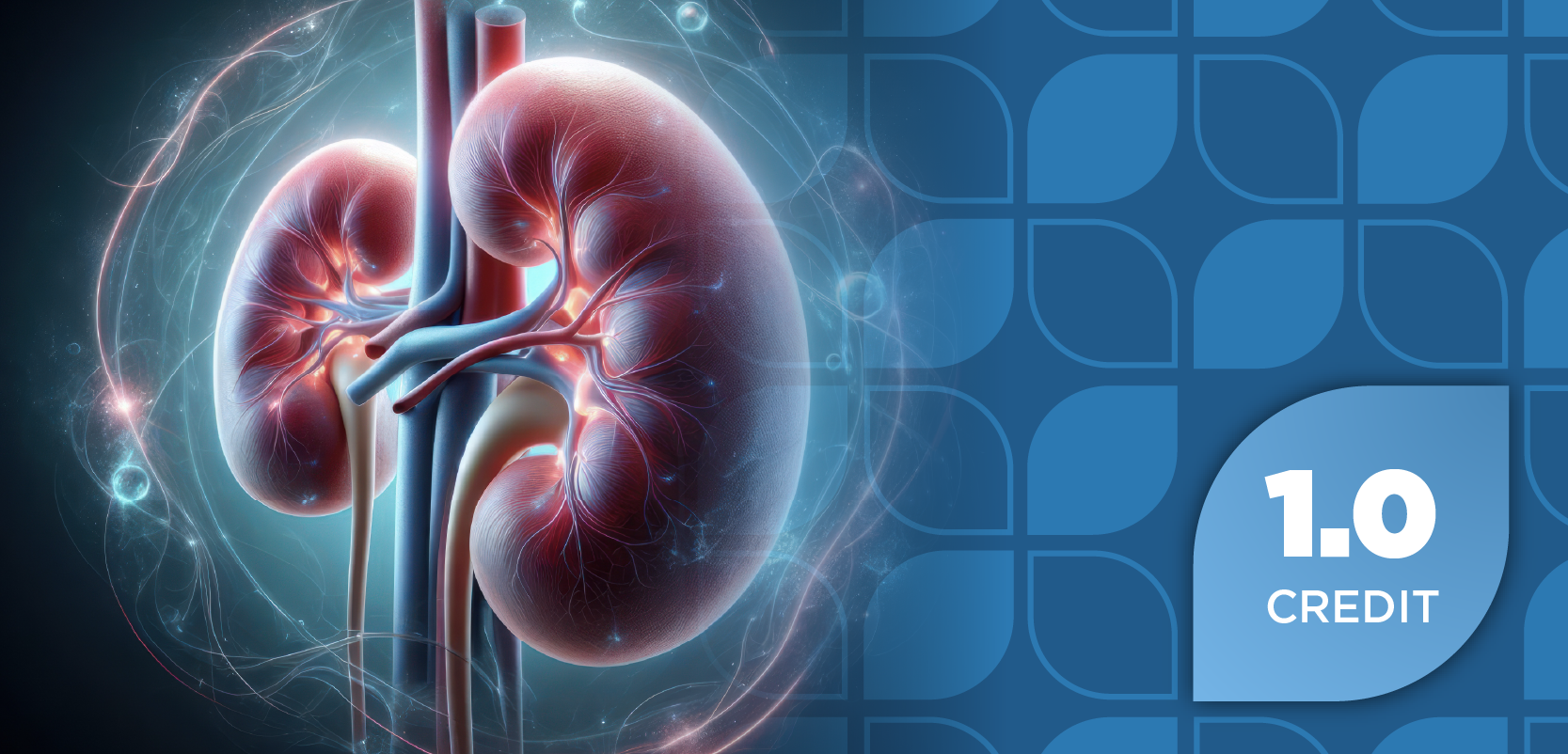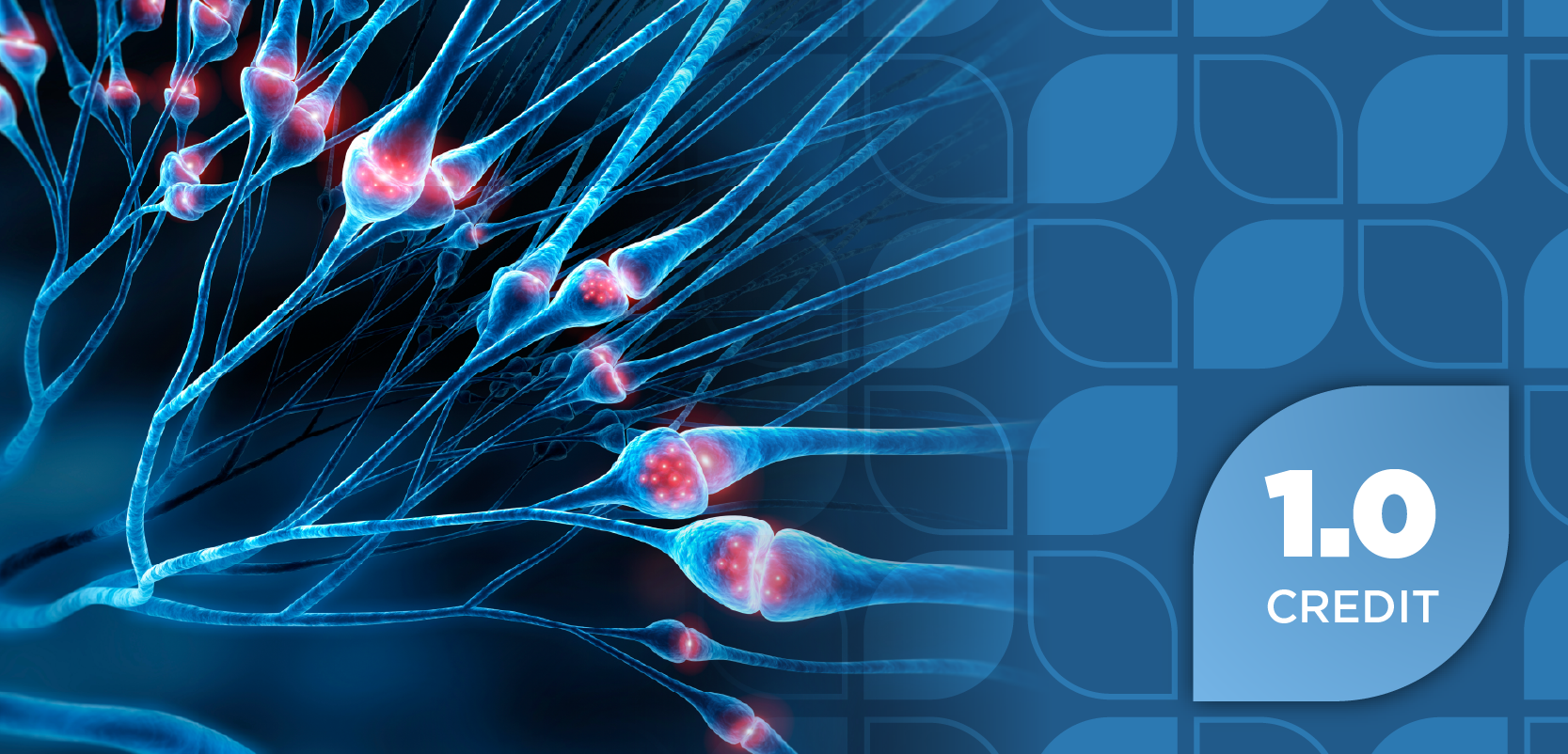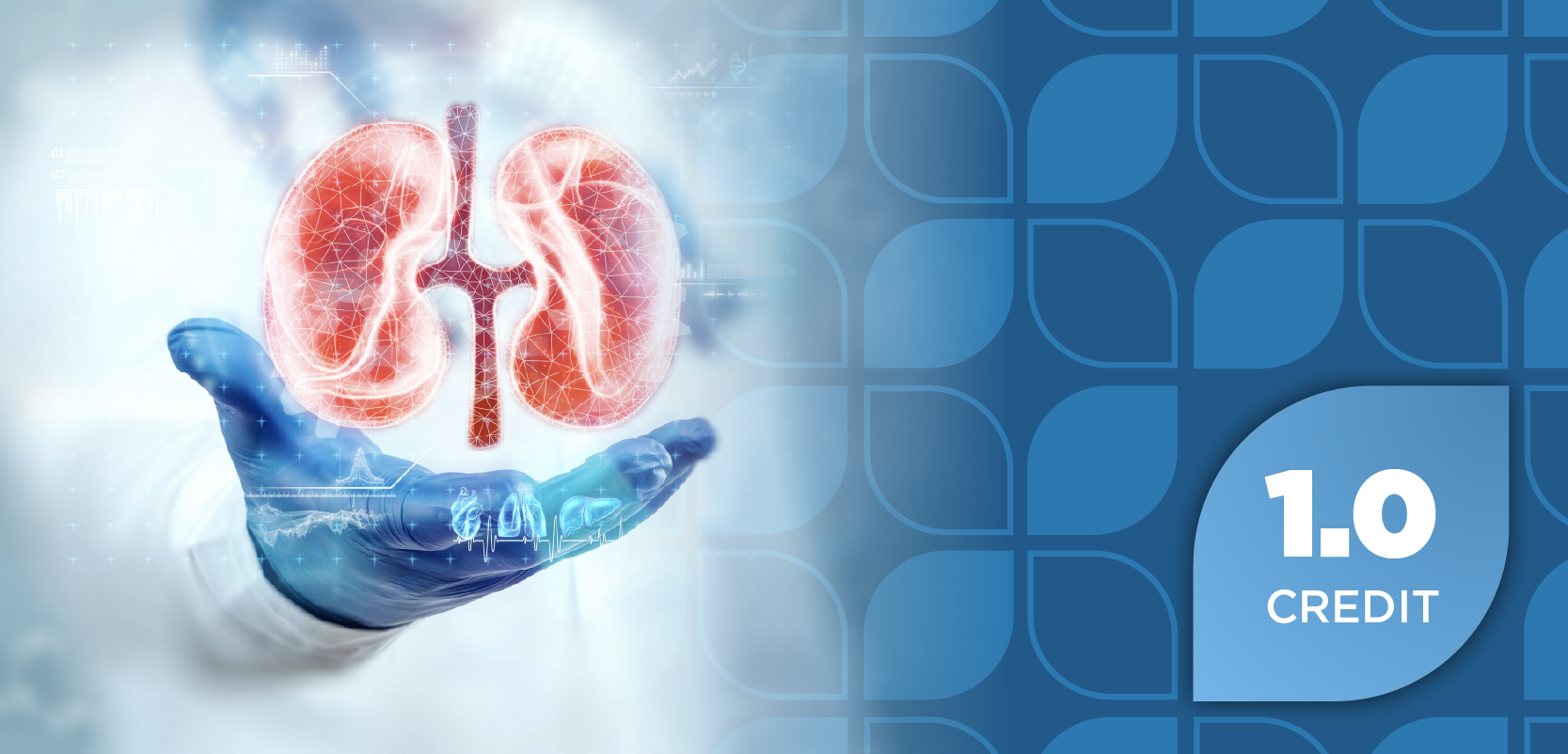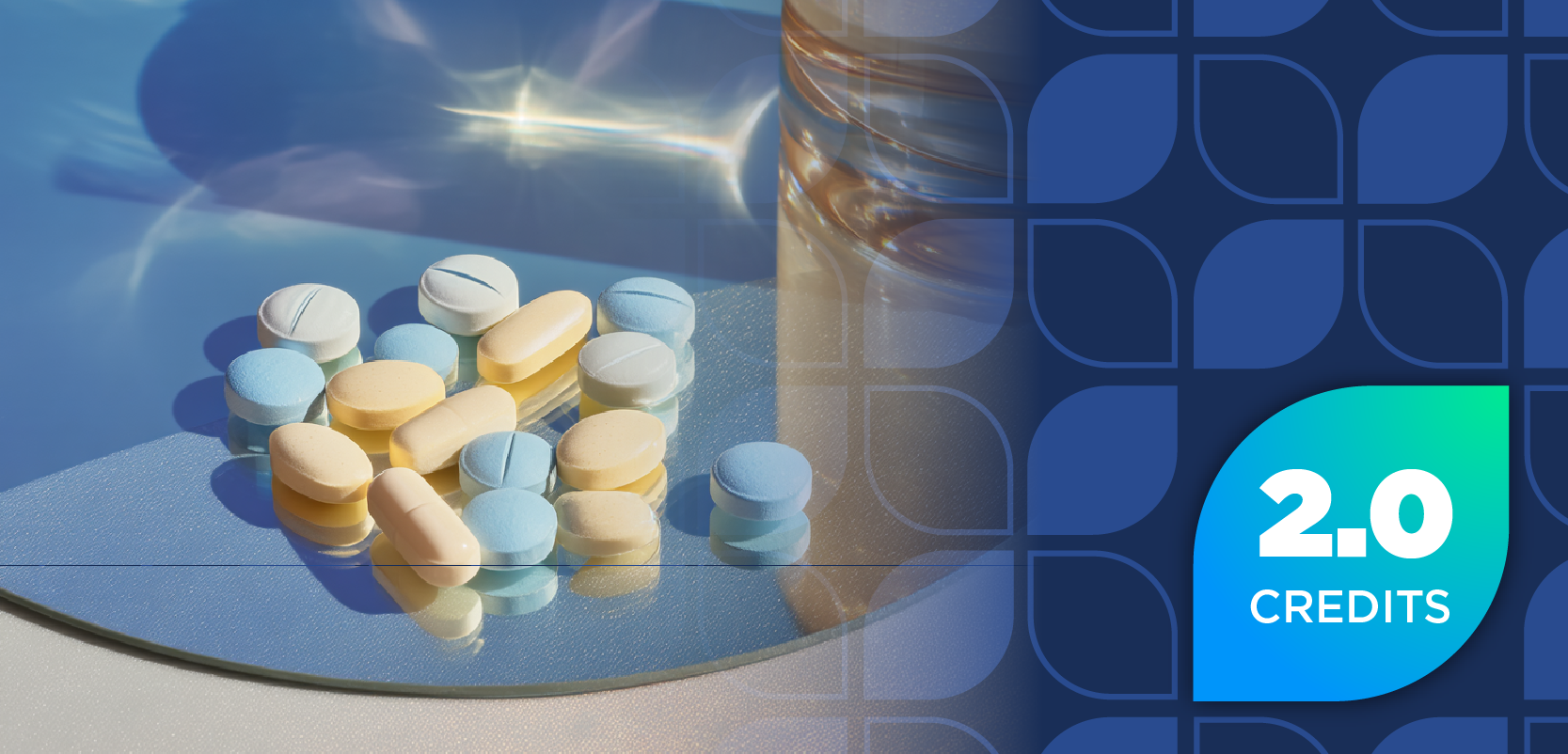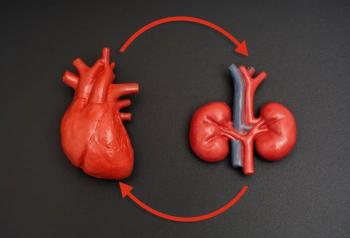
New Adult ADHD Screening Scale Is Effective in Detecting Cases
Attention-deficit/hyperactivity disorder is a common and impairing condition for adults, but it often remains undiagnosed. Researchers sought to develop a new way to screen for the disorder among adults.
Adult attention-deficit/hyperactivity disorder (ADHD) often remains undiagnosed, but it can have serious consequences for patients: a high prevalence of secondary comorbid mental disorders, work impairment, accidents with injuries, and early mortality. Therefore, researchers have been working to develop adult ADHD screening scales, intended for utilization in the community, workplace, and primary care settings.
The majority of adult screening scales are currently calibrated to the DSM-IV criteria; however, the scale has recently been adjusted to the newly developed DSM-5 criteria. A
The researchers used probability subsamples of participants from 2 general population surveys, a 2001-2003 household survey and a 2004-2005 managed care subscriber survey, who had completed the full 29-question self-report ASRS.
The sample populations were then blindly administered a semi-structured research diagnostic interview for DSM-5 adult ADHD. A new DSM-5 scale was formed through the application of the Risk Calibrated Supersparse Linear Integer Model to the pooled data of the surveys. The accuracy of this new scale was established through an independent clinical sample from 2011 to 2012 of patients seeking evaluations at the New York University Langone Medical Center Adult ADHD Program.
The new scale demonstrated the efficacy of a 6-question screening for distinguishing cases from non-cases in the first 2 samples. Additionally, the updated operating characteristics were effective in the diagnostic threshold among the weighted data. The authors found that 67.3% of screened positives in the general population were confirmed as having ADHD, and the confirmed ratio was even higher in the specialty treatment sample, where 80% of the screened positives were confirmed as having ADHD.
“The new scale is short, easily scored, and can detect the vast majority of adult attention-deficit/hyperactivity disorder cases in the general population with high sensitivity and specificity, discriminating well among patients presenting for evaluation and specialty treatment,” the authors concluded.
However, they did note limitations; for instance, the clinical interviews did not include informant reports, which means that the scale is optimal for people with insight to recognize their symptoms. Informant reports identification of people who lack insight into their ADHD symptoms.
Newsletter
Stay ahead of policy, cost, and value—subscribe to AJMC for expert insights at the intersection of clinical care and health economics.


